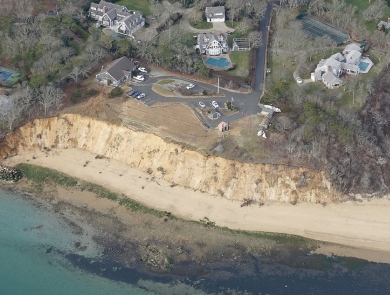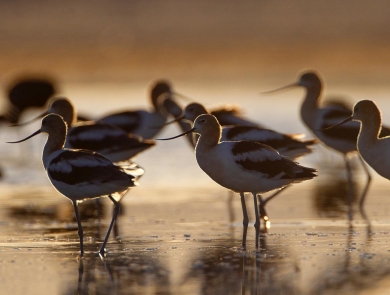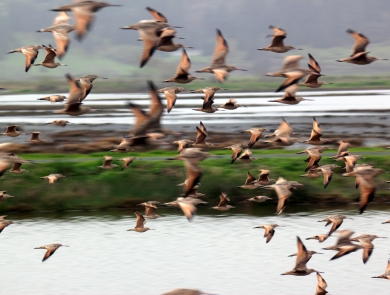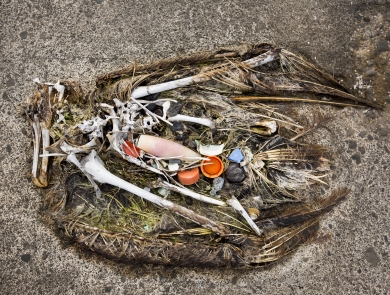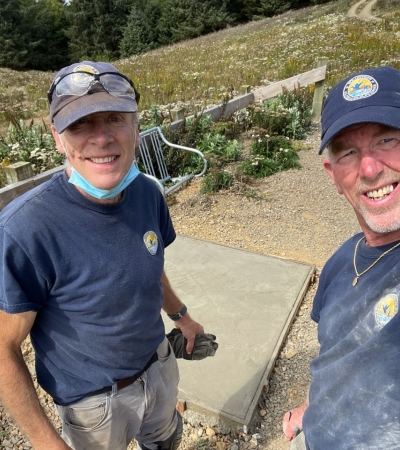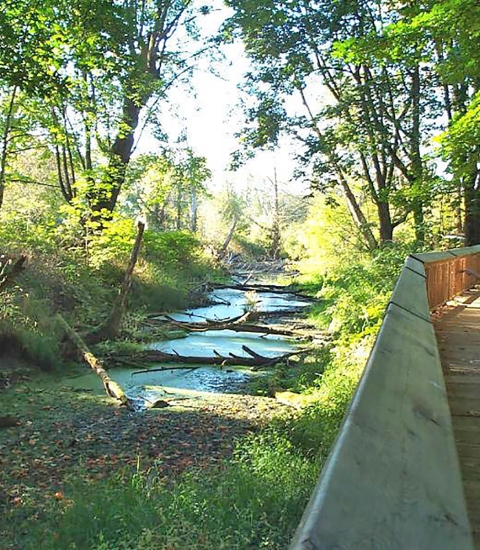Facility
Location
5437 West Jefferson Ave.
Trenton, MI 48183
United States
Volunteer Position Overview
About This Position
If the Detroit River Hawk Watch Raptor volunteer position sounds interesting but you are not quite certain your eyes are up for the challenge of counting hawks high in the air, perhaps this position is more appealing! Our counters would love to chat with the many visitors who stop by the counting site but they need to keep their eyes on the sky to keep an accurate count.
This position alleviates that dilemma. You can join the Hawk Watch folks on any count day to learn about their survey methods, then provide this information to visitors as they stop by to chat. It is the best of both worlds – the counters will keep you up to date on new sightings, you will learn more than you thought possible about hawk migration, and you will have a chance to interact with visitors from all over the world!
Volunteers will be responsible for the entrance fee at Lake Erie Metropark ($10/day or $40/year). Position available September 1 –November 30, each year.
Duties/Activities
Stories About Volunteering
Other Ways to Work with Us
Are you looking for something different than a volunteer opportunity? The Fish and Wildlife Service employs around 9,000 people nationwide and offers great internship opportunities every year.
